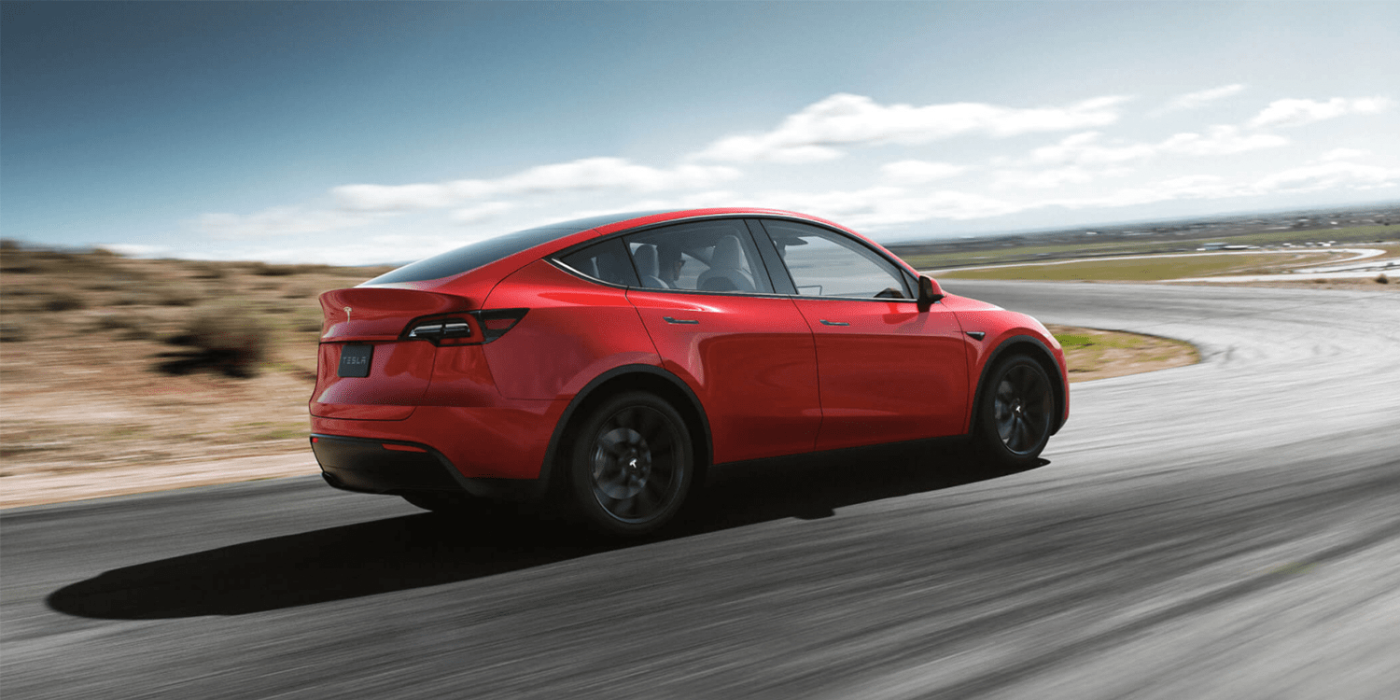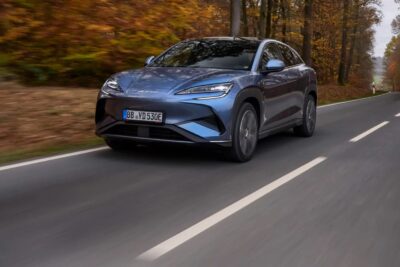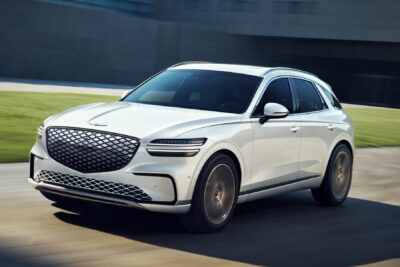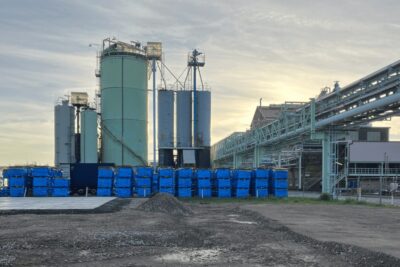Giga Berlin to be testbed for 4680 cells and production
Elon Musk has revealed more details about Tesla’s plans for the upcoming factory in Germany, which is to become a testbed for the Fremont and Shanghai factories. Giga Berlin will be using the new 4680 format batteries as well as a completely new cast frame, which is not without risks.
On Twitter, Musk said that a “lot of new technology will happen in Berlin,” and that this will mean a “significant production risk”. Tesla has made the experience that too many innovations at once can make production startup significantly more complicated.
The solution? While new technology will be tried and tested at Giga Berlin just under construction, as the Tesla boss wrote on Twitter, “Fremont & Shanghai will transition in approx. 2 years when new tech is proven.”
Learning from experience, Tesla faced numerous challenges when the company began manufacturing the Model 3 due to the production of the 2170 cells, which were new at the time, as well as the electric motor assembly in Gigafactory 1 in Nevada in combination with highly automated body production in Fremont. Musk later revealed that these challenges almost brought the Californian company to the brink of insolvency.
The new 4680 cells that will be first used at Giga Berlin were introduced at Tesla’s Battery Day in September. These are designed to improve the range and performance of electric cars. Still, they are also expected to be cheaper per kilowatt-hour and significantly reduce investment costs in their production.
Berlin will use 4680 cell with structural battery pack & front & rear single piece castings. Also, a new paint system.
A lot of new technology will happen in Berlin, which means significant production risk. Fremont & Shanghai will transition in ~2 years when new tech is proven.
— Elon Musk (@elonmusk) October 7, 2020
For the Model Y produced in Germany, the difference between these, and the Model Y made in the USA and China is that Tesla will use the new cells and modify the vehicle itself. With a total of eight die-casting machines at Giga Berlin in Grünheide, Brandenburg, known as Giga-Presses, the front and rear frames will each be cast from a single part.
For the US Model-Y, the rear frame currently consists of two cast parts that are joined together. If it works, this would be a major advance in comparison to the Model 3 where the rear frame is assembled from 70 stamped parts. Tesla hopes that the parts from the Giga press will enable faster production as well as reducing costs.
Battery pack will be a bonded structure with cells providing shear transfer between steel upper & lower face sheets, eliminating most of the center body parts while providing better torsional rigidity & improved polar moment or inertia. This is a *major* breakthrough.
— Elon Musk (@elonmusk) October 7, 2020
In combination, the new battery and the new frame production mean greater potential for errors for Tesla’s famously fast production startup. Another unique factor at Giga Berlin will be a new painting system that is supposed to improve efficiency but is also a potential source of disruption during production startup.
The main difference between Model 3 production the production of the new upcoming models is that this time, is that Musk appears to be accounting for potential teething problems.
At Battery Day, Musk repeatedly called for caution when it comes to actual production, saying that “Making the machine that makes the machine is vastly harder than the machine itself.” He repeated this statement during the shareholder meeting multiple times.
The upshot of this is that Tesla seems now seems to have a greater degree of flexibility with a Plan B. While everything was on the line for the Model 3, Tesla now has other production facilities.
There were recently rumours that Tesla might not only export Model 3 to Europe from China instead of the USA in the future but also the Model Y. According to Tesmanian who cites one source, the Model Y is scheduled to start production in Shanghai from December 2020 onwards. The China Model Y (possibly with LFP cells from CATL) is only to be sold in Europe until production at Giga Berlin has started cleanly. This gives a little more leeway since Tesla could extend the import from China relatively easily.
The plant in Shanghai is apparently about to start production of the Model Y in the expanded complex. According to Tesmanian, the first units are to be built at the end of October or the beginning of November, and production in larger quantities would start in December. In this case, the vehicles would then have to be brought to Europe by rail instead of by ship if they are to be delivered in December.
Either way, the additional Model Y production in China will further boost Tesla’s global production figures in the fourth quarter. To still reach the target of 500,000 vehicles produced, Tesla would have to build 181,650 cars in the final quarter. A figure that Tesla still considers possible, even though the previous production record in Q3 2020 is around 145,000 electric cars. In an email to employees, Musk stated that the 500,000 car production mark could be reached or even exceeded.
In the meantime, Tesla has begun reforestation at Giga Berlin. By the end of the year, 183,000 tree seedlings and 22,000 shrubs are to be planted on around 50 hectares. 50,000 seedlings are already in the ground.
electrek.co, teslarati.com, insideevs.com (Giga Berlin), tesmanian.com, teslarati.com, (letter to employees), teslarati.com (reforestation at Giga Berlin).





0 Comments